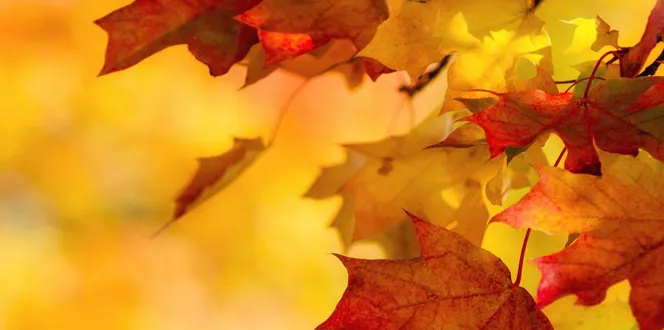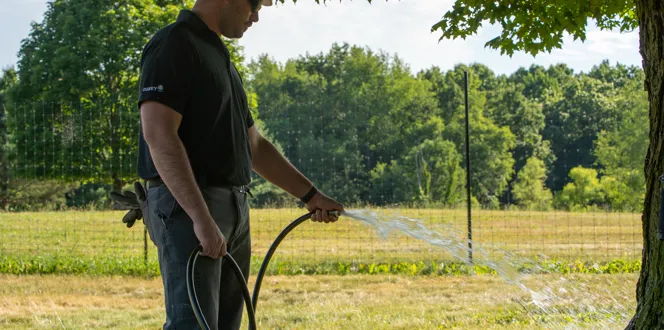Snow. Sleet. Ice. Slush.
Although Mother Nature deprived several regions of their final half of fall this year-dumping a range of wintry mix-ins on communities all across the U.S. and Canada from early and mid-fall through today-the first official day of winter is this week, Dec. 21. But just because you have more of an excuse to snuggle up in the cozy comfort of your home doesn't mean your outdoor dwelling friends don't deserve some of your attention this season.
Whether you're expecting a mild winter or "walking in a winter wonderland," now is an ideal time to inspect your trees for tree service needs and prepare them for a prosperous growing season in the New Year.
Follow our winter checklist below to keep your trees and landscape healthy by identifying potential issues, or download your free, printer-friendly copy here.
- Remove critical risk trees. Are your trees moving from assets to liabilities? Listen to tree removal advice from ISA Board Certified Master Arborist R.J. Laverne, Davey's manager of education and training, who explains how to conduct a tree risk assessment in our video titled, "Talking Trees: When is it Time to Remove a Tree?"
- Fertilize trees and shrubs (as part of your normal, annual program). Applying a slow-release fertilizer is one of the most important tree services you can apply to your trees and shrubs, replacing nutrients and improving resistance to damage from diseases, insects and stressful weather. Watch "Talking Trees: How and Why to Fertilize Your Trees" to learn more information about tree fertilization and its benefits.
- Inspect trees and shrubs for ice and snow damage. Proper tree service techniques can prevent and treat ice and snow damage to your trees.
- Cable, brace or remove weak limbs to prepare for severe weather. Cabling and bracing gives your trees the support they need by reducing strain and stress damage from high winds and excess ice or snow weight. Learn more from ISA Board Certified Master Arborist Steve Nagy in "Talking Trees: How to Protect Your Trees with Cabling."
- Prune for shape, structure and health, in addition to removing dead, diseased or unsafe branches. Pruning is the cornerstone of any successful tree care program. Interested in learning how to do it right? Listen to advice from Nagy in "Talking Trees: How to Properly Prune Your Trees," or read additional tips on Davey's blog in the post "20/20 Vision."
- Prune elms and oaks. Consult your local professionally trained arborist to determine whether Dutch elm disease or oak wilt is a concern in your area.
- Inspect trees and shrubs for insects and diseases, and then treat appropriately. If you're looking out for pests and diseases, such as emerald ash borer, scale, mites, lace bugs or beetles, insect and disease management is a great example of plant health care in action. You can find more information about EAB, for example, on our EAB Resources page.
Winter tree service you can count on. Davey's professionally trained arborists know best when it comes to preparing your trees for future seasons. Request a free consultation to determine how Davey can help your trees blossom to their best come spring!





